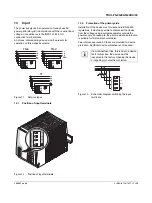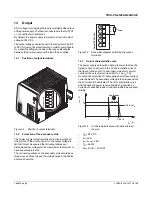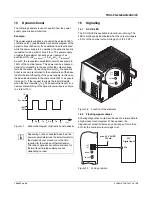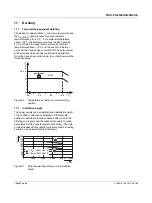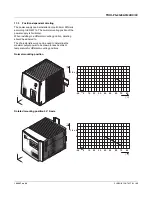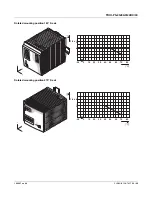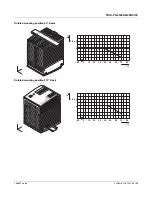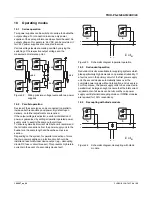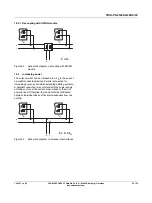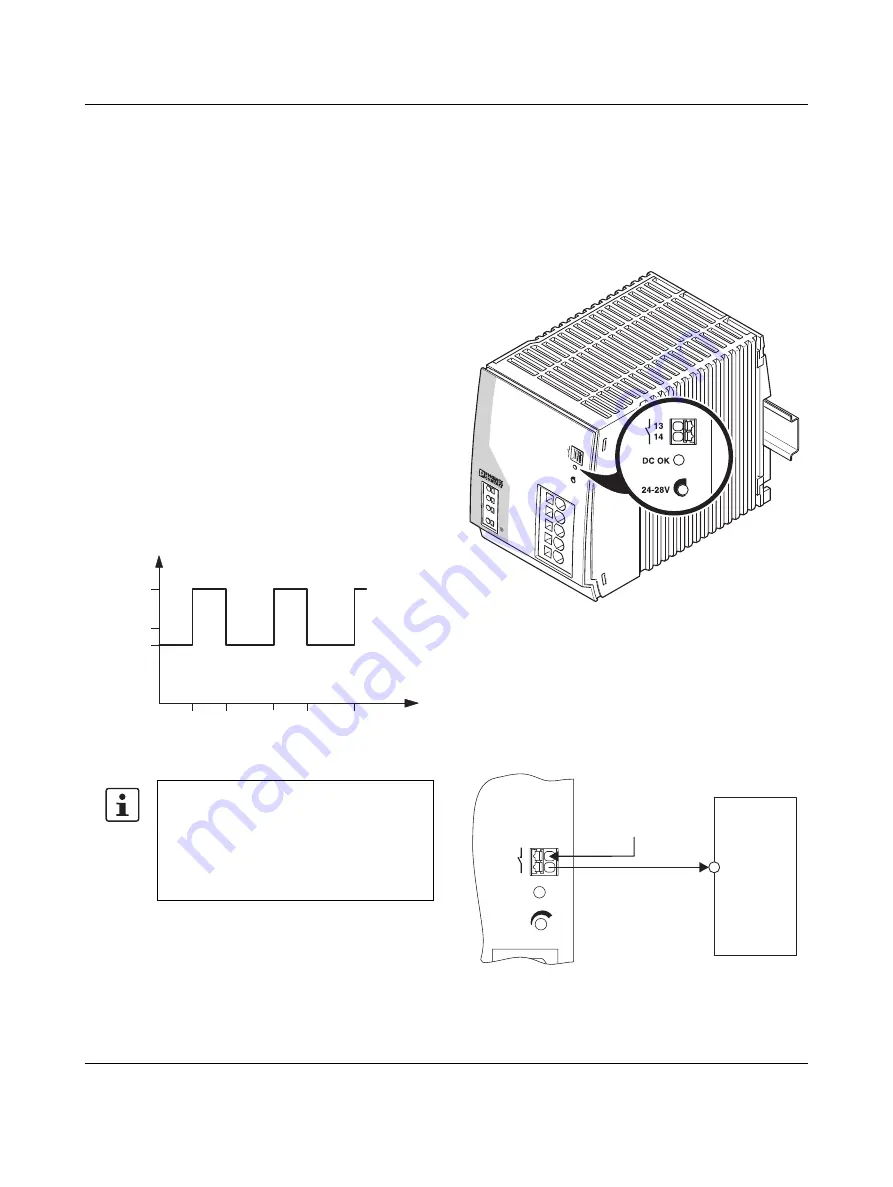
TRIO-PS-2G/3AC/24DC/40
105907_en_00
PHOENIX CONTACT
19 / 25
15
Dynamic boost
The following example is used to explain how the power
supply dynamic boost functions.
Example:
The power supply supplies a connected base load of
80%
until time point t
1
(see illustration, schematic diagram of the
dynamic boost behavior). If an additional load is activated
while the power supply is in operation, the dynamic boost is
requested for the period of time t
1
to t
2
. The power supply
provides the maximum dynamic power reserve of an
additional 70%
(
Δ
P
dyn.
Boost
=
1.5
x
I
N
x
U
N
-
P
Initial load
).
As such, the requested overall total power corresponds to
150%
of the nominal power. This power can be accessed
directly for at least 5
s in the event that the output voltage
remains the same. On reaching time point t
2
, the dynamic
boost is once more returned to the output value of the base
load for thermal offloading of the power supply. In this case,
the base load amounts to the same value of
80%, as prior to
time point t
1
. If the request to supply the load still exists,
when the time intervals t
2
to t
3
have expired (at least 7
s), a
new cyclical switching of the dynamic power reserve occurs,
to a total of
70%.
Figure 17
Schematic diagram of dynamic boost behavior
16
Signaling
16.1
DC OK-LED
The DC OK-LED is available for function monitoring. The
LED is continuously illuminated when the output voltage is
>
90
% of the nominal output voltage U
OUT
(24 V DC).
Figure 18
Location of the elements
16.2
Floating signal contact
A floating diagnostics contact can be used to forward data to
a higher-level control system. When opened, the
diagnostics contact indicates an underrange of more than
90% for the nominal output voltage U
OUT
.
Figure 19
Wiring principle
Depending on the connected base load, the
power supply determines the time intervals for
the dynamic boost procedure or the time
required for the release of thermal tension.
The ratio of dynamic boost time and time for
thermal tension release always varies
depending on load.
t [s]
t
1
...
5s
7s
5s
7s
t
2
t
3
t
4
t
5
I
OUT
[A]
I
dyn. Boost
80%
100%
L2
L3
L1
Input 3A
C 400-500V
13
14
DC OK
24-28V
Output DC 24V 40A
+
+
-
-
-
TRIO PO
WER
TRIO
P
24-28V
DC OK
13
14
PLC
Digital Input
DI x
max. 30 V AC/DC
100 mA
+













